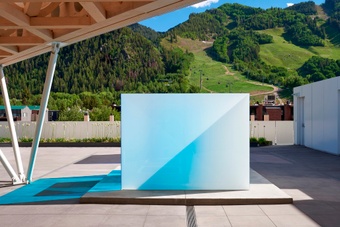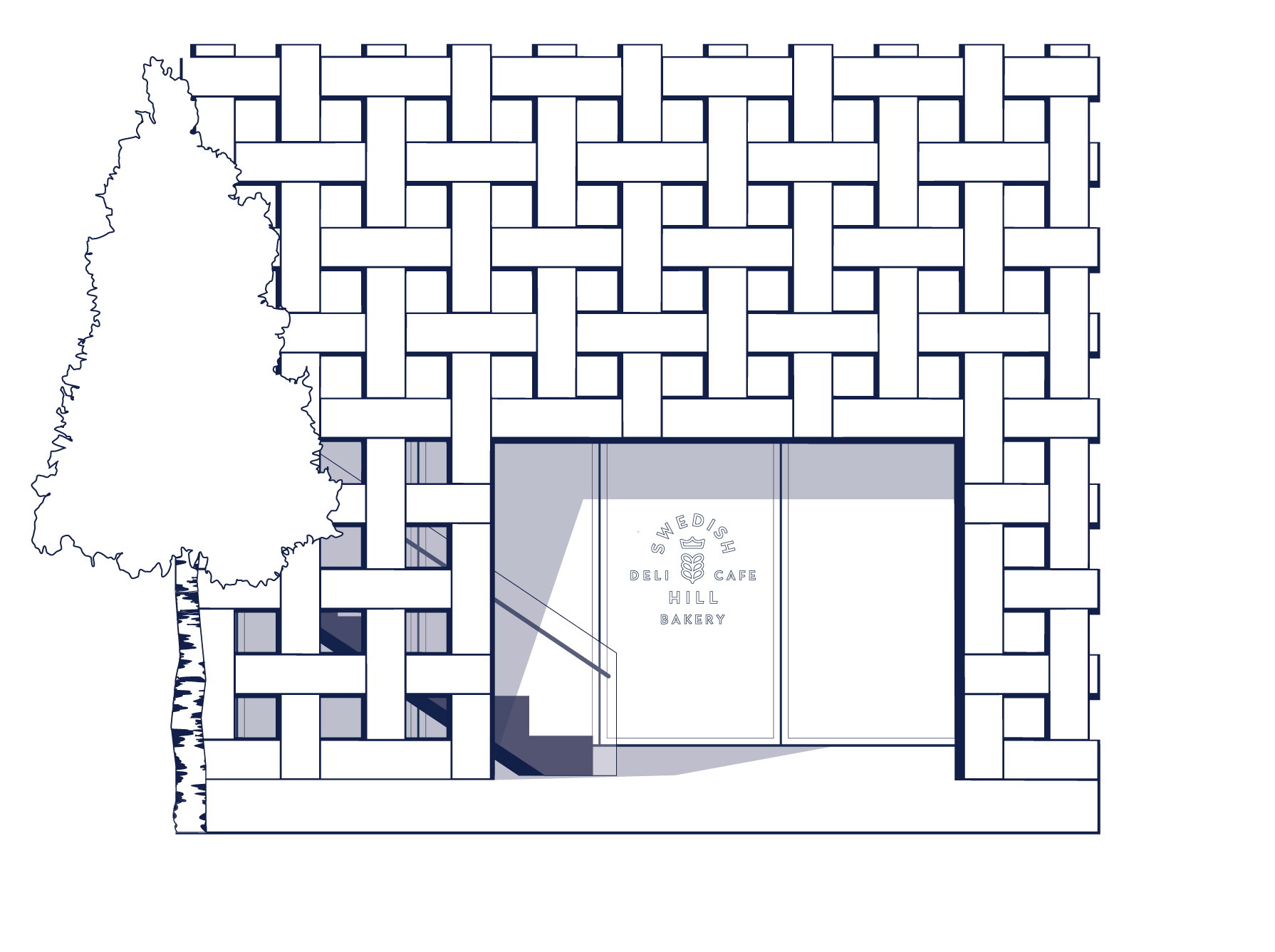Aspen Art Museum
- Categories
- All events
- Talks and Lectures
- Member Events

- For more information on how you can join the AAM, please visit the Street Level Visitor Information Desk, inquire in the Shop, or call 970.925.8050.

- Swedish Hill Aspen is open on our Rooftop from 8AM–3PM

- Aspen Art Museum is an artist-founded institution dedicated to supporting artists in the development of bold ideas to shape our museum and the field of art today.
Carmen Argote, Naotaka Hiro, Hanna Hur, Jutta Koether, Joshua AM Ross, and Maja Ruznic
This exhibition delves specifically into the inherent experimental spirit of drawing. Using fantasy and the subconscious as a point of departure, Shadow Tracer: Works on Paper considers the ways artists express their interior worlds. Placing recent works by Carmen Argote, Naotaka Hiro, Hanna Hur, Jutta Koether, Joshua AM Ross, and Maja Ruznic in dialogue, this show explores how these artists employ the medium of drawing to navigate this theme. These pieces contemplate the intrinsic performative element of drawing, a medium that has the ability to conjure worlds beyond our own with the very physical tools within our own realms. The act of drawing is akin to creating architectural or written plans, which also suggests a kind of potential, giving life to dreams.
Naotaka Hiro’s abstract drawings document performances made with his body: faint folds and holes on his pages demarcate the spaces where he inserts his body into the paper in the studio, mapping his movement in relation to the page and tracing his contorted frame in search of his own limitations. Using his body as a material, Hiro’s work references the early Japanese performance movement Gutai of the 1950s–1960s and Los Angeles conceptual art of the 1990s–2000s. Hiro also presents a selection of daily sketches that resemble a storyboard when seen together, using drawing as a daily act that alludes to the artist’s dual role as director and performer in his broader practice.
Hanna Hur’s intricate geometric grid drawings take on an almost ritualistic aura. These painstakingly rendered colored pencil picture planes are studies in repetition, flattened portals into their own infinite cosmos. Influenced by her religious upbringing and subsequent, evolving relationship with belief, many of Hur’s pieces draw the eye to centrally-located, symbolically charged characters, figures she sees as muses, spirits, or even shamans. These floating silhouettes beckon the viewer into her phantasmic field of vision.
Jutta Koether’s red and purple ink drawings on tracing paper from her eVEryTHinG WilL ChaNGe series superimpose two narratives atop each other, conjuring canonical imagery from classical European painting to uncanny combinations of oversize figures towering in outdoor fields. The artist’s objective is to remix, where she plucks motifs from contemporary politics, positioning these beside historical or religious figures in allegorical landscapes. Koether collapses time in these dreamscapes, culling from the past even as these works put forth questions about the social and cultural backdrop of the present.
Maja Ruznic’s gouaches are imbued with the aesthetic experience of longing or melancholia. The artist is interested in depicting the grace or the sense of the numinous that is found in darkness, which is connected in part to her childhood experience as a refugee of the Bosnian War. Her frontal figures appear as spectral memories, composites rendered in abstracted blocks of color that exude a private symbolism intertwined with a publicly painful past. Her images may be fabricated memories of family members she never met, or portraits of characters she regards as witnesses. Ruznic’s psychologically complex tableaux deftly blur memory with mythology, drawing viewers into a series of works that deal at once in dreams and nightmares.
Carmen Argote’s multimedia practice uses psychoanalysis and psychic healing as a guiding principle to create works that address her desire for protection and comfort. Argote uses drawing and collage in combination with more sculptural elements to investigate her notion of the multiple selves hidden within. Her work asks the viewer to negotiate internal questions of vulnerability. The artist invokes the contemplative and the spiritual, marking moments both metaphorical and speculative.
Joshua AM Ross’s drawings depict bodies in ecstatic movement, fragmented limbs stepping into or out of colored pencil dreamscapes. The artist plays with apertures and occlusions, constructing vantage points into and boundaries around bright illusory spaces. His figures are headless, hinting at bodies underneath draped panels in a fantastical, even Afrofuturist world. In such a way, he depicts familiar yet fictional forms.
Exhibition Guide
This exhibition is curated by Simone Krug, AAM Assistant Curator.
AAM exhibitions are made possible by the Marx Exhibition Fund. General exhibition support is provided by the Toby Devan Lewis Visiting Artist Fund. Additional support is provided by the AAM National Council.
free courtesy
Amy & John Phelan
- Aspen Art Museum
- 637 East Hyman Avenue
- Aspen, Colorado 81611
- t: 970.925.8050
- f: 970.925.8054
- info@aspenartmuseum.org
| Hours |
|
Tuesday–Sunday, 10 AM–6 PM
Closed Mondays
|
© 2024 Aspen Art Museum
General operating support is provided by Colorado Creative Industries. CCI and its activities are made possible through an annual appropriation from the Colorado General Assembly and federal funds from the National Endowment for the Arts.



General operating support is provided by Colorado Creative Industries. CCI and its activities are made possible through an annual appropriation from the Colorado General Assembly and federal funds from the National Endowment for the Arts.















































